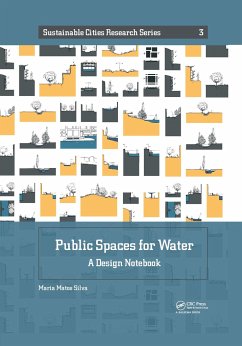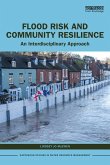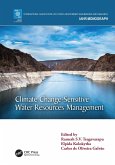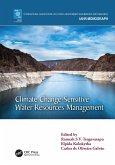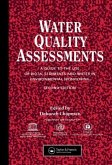Highlights the need for a change of paradigm in current flood management practices, one that acknowledges the wide-ranging and interdisciplinary benefits brought by public space design. It aims to challenge engineers, architects or urban planners to work and design with uncertainty in an era of an unprecedented climate.

